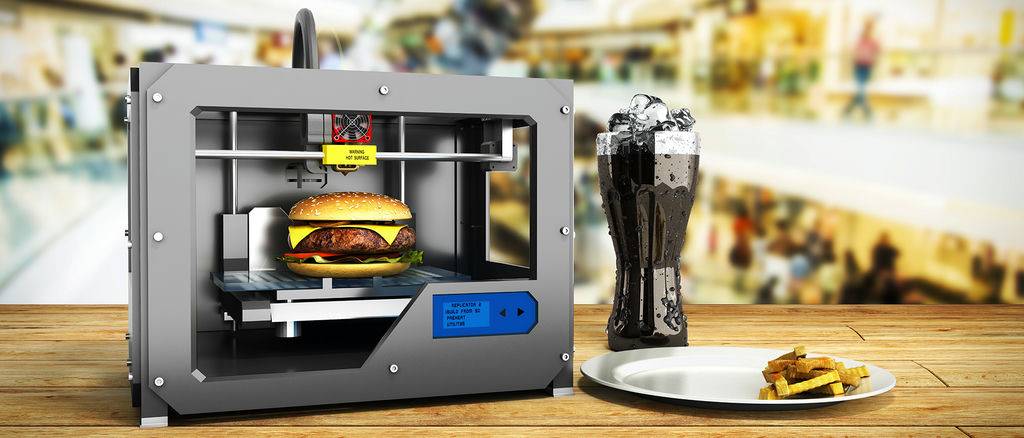It’s snack time and you are on a diet. You just can’t wait to munch on a cookie but want to go easy on carbs. Don’t worry, because in the future, the 3D food printer will satiate your cravings without compromising on taste or nutrition.
While 3D printing in the food sector is being experimented the world over by research institutions, large corporates as well as startups, in India, it is Thanjavur-based Indian Institute of Food Processing Technology (IIFPT), that is working on making a 3D food printer affordable as well as conducive for the Indian market. IIFPT comes under the Union ministry of food processing industries.
IIFPT director Dr. Anandharamakrishnan pointed out that in the coming years, the demand for customised and personalised foods is set to rise.
“One of the technologies to achieve this is through food 3D printing, which is an additive manufacturing technology. Among its various types, extrusion-based food 3D printing is by far the most widely used. The food gets deposited layer-by-layer and can be ready-to-eat or ready-to-cook or process,” he said, adding that food can be customised in terms of their appearance, texture and other sensory attributes with the help of this technology.
He pointed out that at IIFPT, food 3D printing research is focusing on printability of various food materials, product applicability and post-processing stability. “We developed a food 3D printer — CARK (Controlled Additive Manufacturing Robotic Kit) — where printing conditions were optimised,” he said, adding that the institute has also been working on the software aspect to enable the automation of certain additional processes required to come up with a 3D printed snack.
At IIFPT, three categories of foods have been studied — natively printable foods (such as rice), non-printable foods (such as veggies and eggs, that require a suitable pre-processing step to make it printable), and alternative food sources (live vegetable peels/wastes).
The team at IIFPT now aims to scale up the technology and make it feasible for industry-scale operations.
It is also working on making the 3D food printer suitable for printing snack items that appeal to the Indian palate.
Currently, a majority of the 3D food printers are suitable for chocolates, mousse or sauces but in the case of Indian snacks, food needs to be dried or fried after the first stage of processing, which are tasks that the current set of 3D printers cannot accomplish.
IIFPT is now ensuring that its 3D food printer can easily print such snack items so that these printers can also be useful in the regular household settings in the future.
He also added that food 3D printing should be viewed as an approach that can complement existing food manufacturing practices and in the next decade, one can hope to see the technology taking a prominent in mass customisation of foods.
Interestingly, even food industry waste streams can get converted into value-added foods using 3D printing and it can contribute to sustainable food processing practices using resource recovery and waste utilisation.
In addition, agro-processing wastes have been converted into biodegradable food package casings with customized designs.


